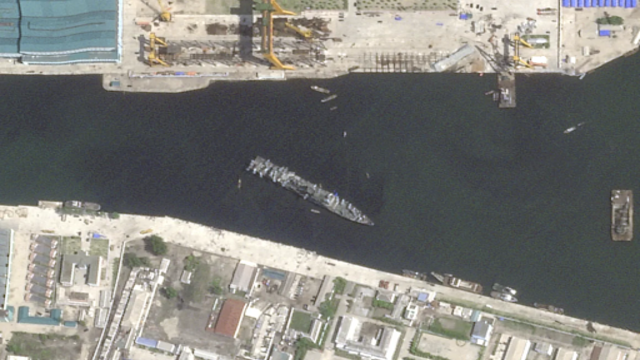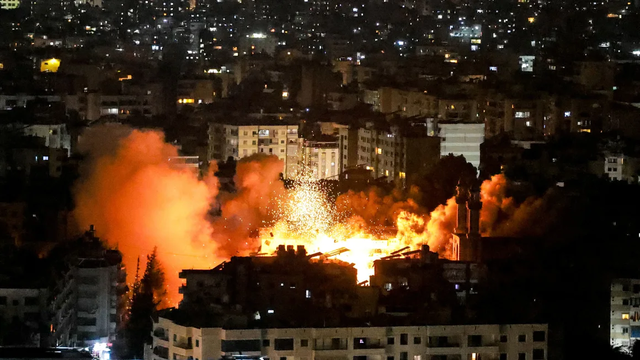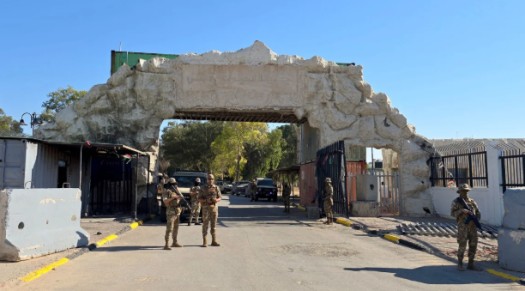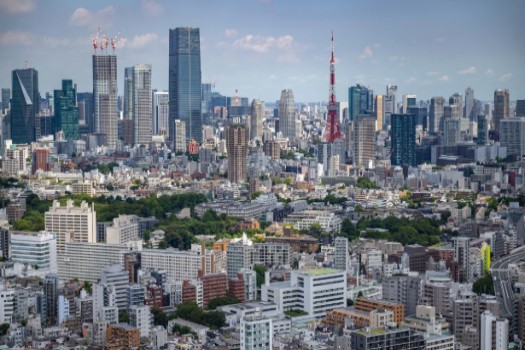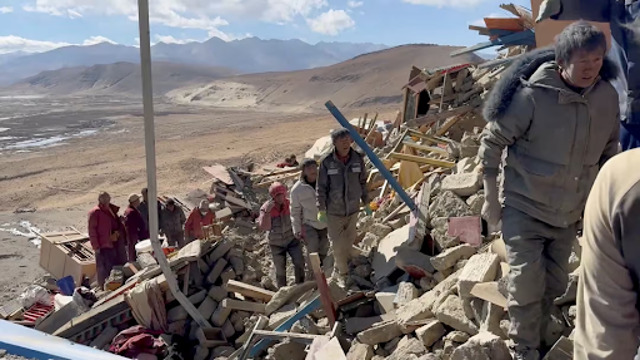
Rescue teams are seen clearing rubble in Shigatse City, located in the Tibet Autonomous Region of China, following a devastating earthquake. The footage, shared in a handout video released on January 7, 2025, highlights the efforts of Tibet Fire and Rescue as they work tirelessly to assist those affected by the disaster. Reuters
Rescue operations are in full swing after a powerful 6.8 magnitude earthquake struck Tibet on Tuesday, leaving at least 126 dead and 188 injured. Over 400 people trapped in the disaster have been rescued so far, while more than 30,000 residents have been relocated to safer areas. The quake, which hit Tingri, located about 80 kilometers north of Mount Everest, is one of the strongest to shake the region in recent years. The tremors were also felt in Nepal, Bhutan, and India, shaking buildings across borders.
Survivors faced a harrowing night as temperatures in the high-altitude region plummeted to as low as minus 18 degrees Celsius. Many were left without shelter in freezing conditions, risking hypothermia and dehydration. Emergency teams quickly mobilized, with over 500 personnel and 106 ambulances dispatched to assist the injured and search for survivors. Supplies, including tents, food, and generators, reached the affected areas by Tuesday evening, bringing some relief to those left homeless.
Initial assessments revealed that 3,609 homes in the Shigatse region, home to approximately 800,000 people, were destroyed by the quake. Authorities reopened damaged roads, enabling better access for rescue teams and relief supplies. Despite these efforts, the devastation remains immense, with families mourning their loved ones and entire communities left in ruins.
In a video released on January 7, 2025, rescue teams are seen attending to injured individuals after an earthquake struck Shigatse City in the Tibet Autonomous Region of China. The footage captures their efforts to provide aid and support to those affected by the disaster. Reuters
The region is seismically active due to the collision of the Indian and Eurasian tectonic plates, which are slowly pushing up the Qinghai-Tibetan plateau. This activity frequently results in earthquakes, with southwestern China, Nepal, and northern India often bearing the brunt. Over 500 aftershocks, some as strong as 4.4 magnitude, have rattled the region since the initial quake, adding to the fears of the affected population.
Rescue workers are shown amidst the rubble in Shigatse City, Tibet Autonomous Region, China, following a recent earthquake. The scene, captured in a video released on January 7, 2025, highlights their ongoing efforts to manage the aftermath of the disaster. Reuters
Historically, the area has faced devastating quakes. In 2008, a massive 8.0 magnitude earthquake in Sichuan province killed at least 70,000 people, and in 2023, a 6.2 magnitude tremor claimed 149 lives in a remote northwestern region of China. The Tibetan plateau remains vulnerable, with its eastern and northern rims frequently experiencing seismic activity.
The Chinese government has been quick to respond, sending teams to manage the crisis and provide aid. However, the challenges remain vast. Survivors are coping with grief, loss, and the daunting task of rebuilding their lives.
Rescue teams are seen working among the debris in Shigatse City, Tibet Autonomous Region, China, after an earthquake. The scene, captured in a video released on January 7, 2025, shows their efforts to assist those affected by the disaster. Reuters
The region’s delicate geopolitical landscape adds complexity to the situation. Tibet, administered as an autonomous region of China, often draws attention from human rights groups who criticize Beijing’s policies in the area. For now, however, the focus remains on rescuing those still trapped and ensuring the safety and well-being of survivors.




